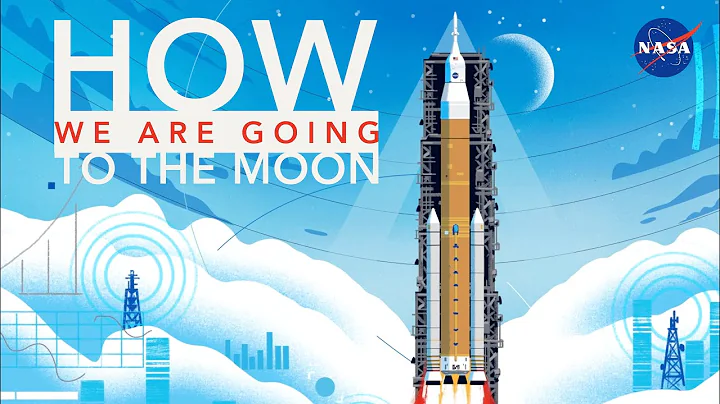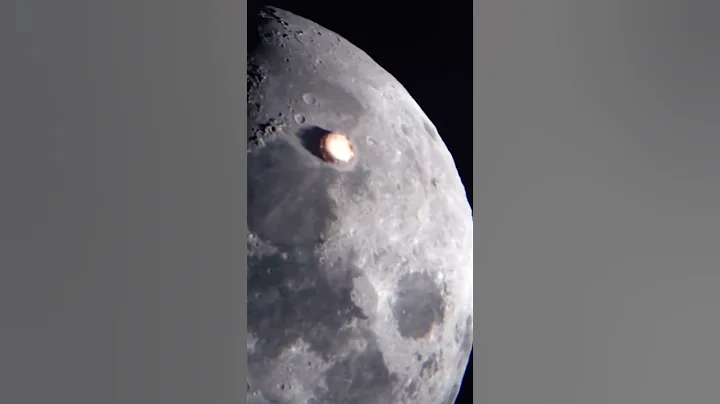On July 5, local time in the United States, NASA confirmed that CAPSTONE, the first probe in the "Return to the Moon" plan launched last week, experienced a communication failure on the way to the moon and has now completely lost contact with the earth.
It is reported that the original plan was to take 4 months to reach the lunar orbit, and then conduct circumlunar exploration, so as to judge the feasibility of building the " space station " in the lunar orbit. Unfortunately, the plan has just begun and ended with Failure ended.

After NASA issued the announcement, many people believed that the "Return to the Moon" plan had a bad start and failed at the first launch. This seems to indicate that lunar exploration in this century will be difficult for the United States. Otherwise, such a simple Satellite , why does it fail on the way? In the eyes of the outside world, this is a mistake that NASA should not make.
In the face of external doubts, NASA responded that it is currently trying to remotely repair and re-establish contact between CAPSTONE and the earth. However, at present, the situation is not optimistic.

So, can the United States’ “return to the moon” plan proceed as scheduled? Can it still succeed?
Judging from the data, the CAPSTONE detector was originally planned to be launched in April this year. However, due to some reasons, it was postponed to the end of June.
In addition, in the earliest "return to the moon" plan , the original manned moon landing time was 2024, but it has now been postponed to after 2026.
This time, due to the emergency situation of CAPSTONE, if NASA fails to repair it later, then a new probe will need to be re-launched. This also means that the "return to the moon" plan may continue for at least 10 years. Later, it was extended for 1 year or even longer.

And unlike the American moon landing in the last century, this time the United States' "return to the moon" is a very large plan, because in addition to sending astronauts to the moon, it will also build a lunar space station, a lunar base, and mine the moon. resources, etc., the entire plan will last until around 2040.
Because NASA is cooperating with multiple countries in this plan, and because the plan is complicated, there is no guarantee that there will be no problems in subsequent launch missions. Therefore, after the failure of this launch, the outside world is not sure. I am optimistic about NASA and believe that the United States has gradually lost its advantage as a "space power" in the 21st century.

So, why does NASA need to cooperate with many countries to "return to the moon"? Can't do it yourself?
Since the United States decided to "return to the moon" in 2017, the U.S. Congress approved a project called "Artemis" and has successively cooperated with Canada, Japan, Australia, Italy, the United Kingdom, the United Arab Emirates, Ukraine , South Korea, New Zealand , Luxembourg , Brazil , and the European Space Agency are cooperating.
It is worth mentioning that before the failure of this first probe, NASA even confidently released the "Return to the Moon" promotional video - "We Are Capable".

Speaking of which, after all, Americans have been to the moon as early as the 1960s, but now that decades have passed, it has become difficult to "return to the moon", and NASA has publicly stated its position many times, saying "Returning to the moon" requires international cooperation and cannot be accomplished by itself. This is actually another point where the United States has been questioned for many years: the technology half a century ago was able to go to the moon, why can't it be done now?
In fact, when the United States landed on the moon, it was a "desperate move" in which it invested all the efforts of the country. The real purpose was not to focus on scientific research, but to prove that it was stronger than the former Soviet Union.

Later, the former Soviet Union disintegrated, and until now, no country has ever gone to the moon again. This has also made the United States' current "return to the moon" plan completely transform into a scientific research-based one.
In this way, more content is involved, which not only requires greater financial investment, but also requires more advanced technology. Although NASA has always been at the forefront of space exploration, relying only on its own strength is indeed a waste of time. If it doesn't, it can only seek cooperation from other countries.

This is actually quite normal. Take our country's multiple moon plans as an example. In addition to cooperating with Russia, we will also cooperate with other countries in the future. For example, the "moon base" our country will build in the future is a An international lunar scientific research station will also jointly exploit lunar resources from the perspective of benefiting mankind.
Therefore, because China and the United States have not had normal aerospace exchanges since the 1990s, as China's aerospace industry continues to develop and grow, some foreign media continue to call the 21st century "China and the United States" Space Race", especially NASA, also has this concern. NASA Director Nielsen has also exaggerated the "China Space Threat Theory" in public on many occasions, hoping to continue to suppress China's aerospace industry.

However, China’s various fields are no longer what they used to be. If NASA’s “return to the moon” continues to be delayed and problems arise, then the first human being to stand on the moon in the 21st century may not be an American, but from China. Astronauts, this is also possible. Friends, what do you think?











![Source: Taiwan Strait Network ◆ Mainland experts Wei Ming (left) and Wu Honglin (center) visited on the morning of the 2nd [Tuantuan] (Taiwan media photo) Comprehensive reports from Global Network, China Review Network, and Taiwan media on November 2 that the giant panda "Tuantua - DayDayNews](https://cdn.daydaynews.cc/wp-content/themes/begin/img/loading.gif)








